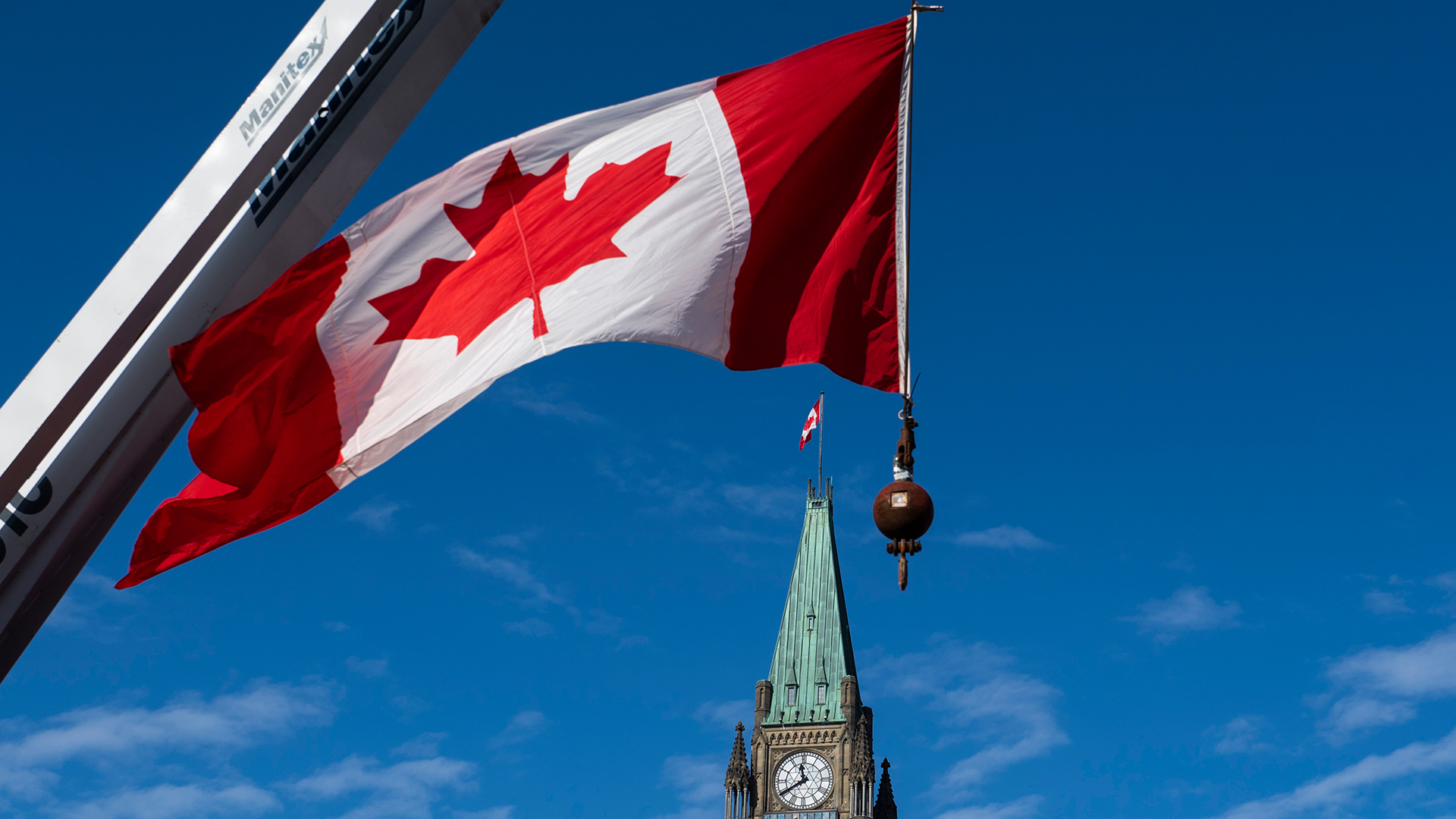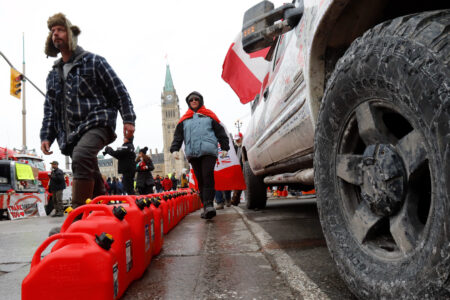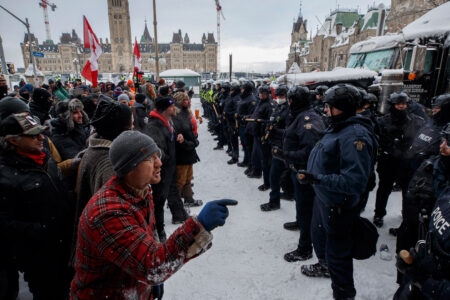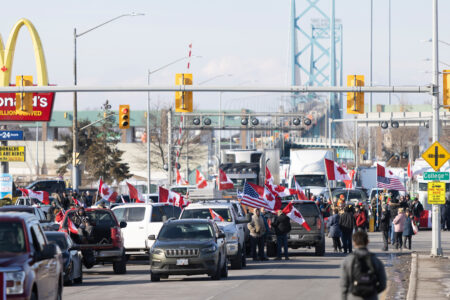
(Version française disponible ici)
The federal Emergencies Act lay dormant for nearly 34 years until the convoy protests rolled into Ottawa and other Canadian cities and border points in the winter of 2022, paralyzing trade for several days and the heart of the national capital for several weeks. The movement started as a protest against vaccine mandates related to COVID-19, and soon morphed into a general anti-government manifestation. It became the first stress test of the Canada’s Emergencies law.
Local authorities in Ottawa appeared powerless to break up the protests, which disrupted Parliament, the lives of many residents and contributed to an impression of lawlessness in the capital of a G7 country. Protests took place across the country, but it was Ottawa caught in a stalemate. Prime Minister Justin Trudeau invoked the act Feb. 14. It was revoked nine days later, after police dispersed the protests. Those nine days marked the first time such extraordinary powers were used by the federal government since the War Measures Act was used in October 1970, when the elder Trudeau was Prime Minister.
This series examines how well the Emergencies Act performed on issues including governance, accountability, human rights, international relations, and criminal law. More importantly, our authors suggest areas for improvement to confront looming crises that have evolved dramatically since the law was enacted in 1988.













